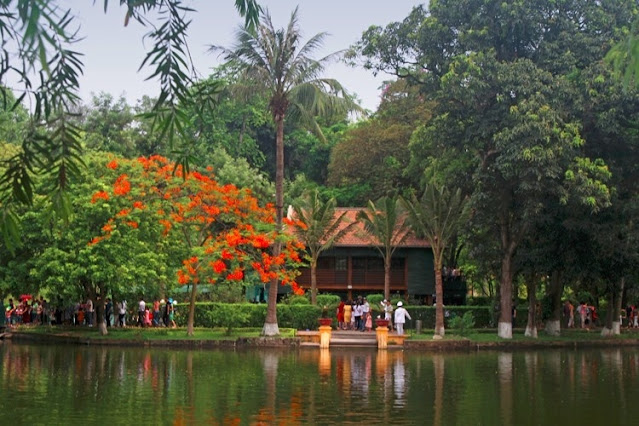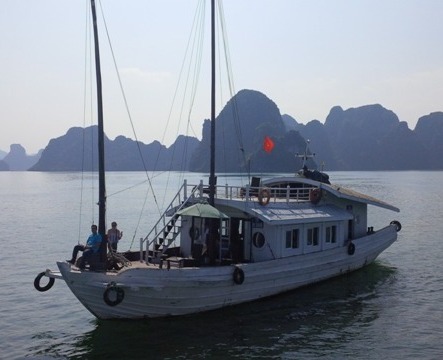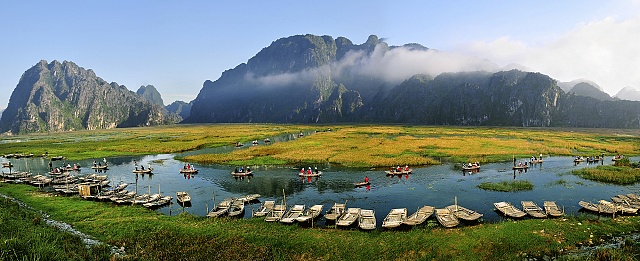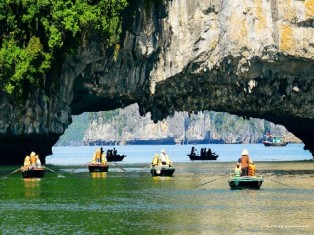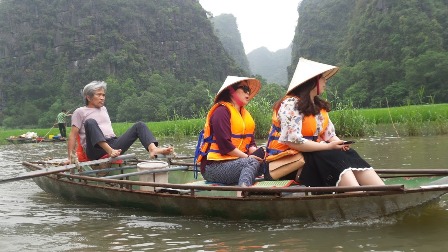Tet is Lunar New Year in Vietnam. It comes one month after international New Year so that Tet is between the end of Jan and Feb. Vietnamese women love flower and men take more care of bonsai.
Photo InternetWe buy different kinds flowers and bonsai or ornamental trees during our New Year. To buy much or less flowers, big or small bonsai it depend on home economy and favorite. From remote village to modern cities, ornamental trees and flowers are seen everywhere, in a humble thatch or luxury villas. The followings are examples with detailed meanings.
Photo InternetPeach blossoms in red color bring lucks and happiness to family, meanwhile yellow apricot blossoms give us prosperity. Kumquat bonsai bring us joy, luck, health, and longevity. Fig tree is a famous bonsai for business family, for it stands for prosperity and happiness.
Photo InternetBeside above top four plants, kinds or flowers are good choice during the Tet or Vietnamese Lunar New Year such as Orchid, Daisy, luck and prosperous plant, Camellia, Poinsettia, Rosa Canina, Gerbera, and Daffodil flower
Photo Internet - Gebera






















































